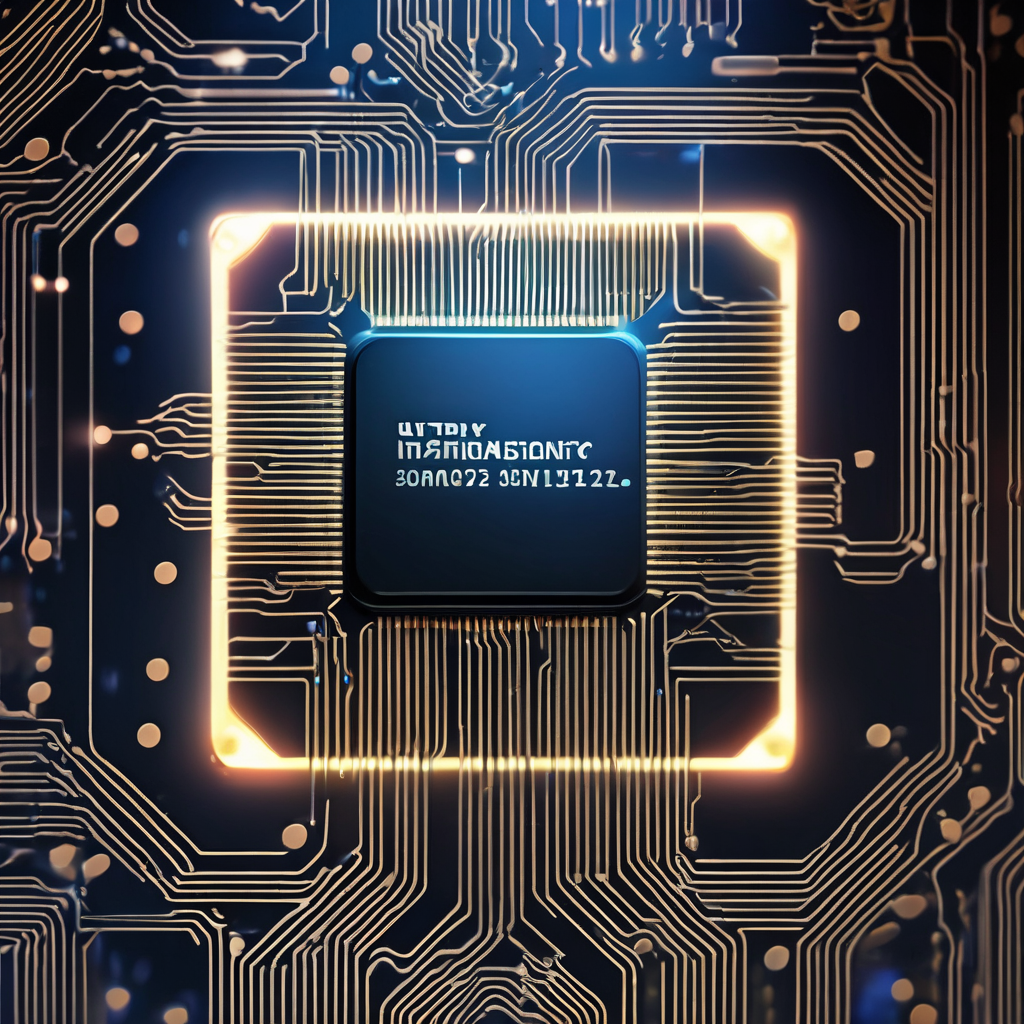
At the Nvidia GPU Technology Conference (GTC) 2025, CEO Jensen Huang delivered a keynote outlining a transformative future for artificial intelligence (AI), describing it as reaching a critical "inflection point. " Addressing thousands of developers and industry leaders at the event—often dubbed the "Super Bowl of AI"—Nvidia unveiled significant advancements in technology and its vision for AI’s next decade. A key highlight was the introduction of Nvidia’s next-generation graphics architectures, codenamed Black, aimed at dramatically improving AI efficiency and computing performance. Although details were limited, the emphasis was on unprecedented progress in AI capabilities. Huang traced AI’s evolution over the past decade, from early computer vision tasks to today’s sophisticated generative AI models that deliver contextually relevant and accurate responses. He outlined AI’s development in phases, noting a shift from data-heavy approaches to “physical AI, ” where robotics integrates AI with real-world understanding, enabling machines to grasp dynamics like friction and physical interaction. This advancement fosters autonomous robots that adapt intelligently to complex environments. A major challenge of this physical AI phase is sourcing high-quality data. Huang pointed out current dataset limitations, stating, "There's only so much data and so much labeling you can do. " To overcome this, Nvidia is heavily investing in realistic simulation technologies to effectively train AI models. A prime example is Isaac, Nvidia’s platform designed to accelerate AI-powered robotics development by combining simulation tools with AI frameworks, enabling robots to learn and adapt virtually before real-world deployment. Supporting this, Benjamin Lee, a professor of electrical engineering and computer science, praised Isaac’s value: "A simulated environment has long been a dream for robotics researchers to safely and efficiently refine their models.
Providing accessible and advanced simulation can dramatically democratize development. " Nvidia also introduced the Cosmos series, a collection of open-source AI models intended to energize the research community. These pretrained models run efficiently across different platforms, aiming to hasten innovation in areas such as autonomous vehicles and natural language understanding. The company reinforced its collaborative approach with partnerships like the one with General Motors, combining Nvidia’s AI expertise with automotive manufacturing to advance autonomous driving technologies, highlighting growing ties between AI semiconductor firms and traditional industries. Additionally, Nvidia unveiled Halos, a cutting-edge AI system for complex operational environments. Huang claimed it as the world’s first large-scale, fully integrated AI solution, underscoring Nvidia’s leadership in scalable AI technologies. Concluding the keynote, Huang showcased a compact robot embodying Nvidia’s vision of "generalist robotics" — versatile robots capable of performing diverse tasks rather than narrowly specialized functions. He declared, "The age of generalist robotics is upon us, " stressing that future robots will be adaptive, multifunctional, and deeply integrated with AI to collaborate meaningfully with humans. Overall, Nvidia’s announcements at GTC 2025 revealed an ambitious strategy spanning advanced hardware, sophisticated simulation environments, open-source AI frameworks, and innovative robotics. By positioning itself at this pivotal AI inflection point, Nvidia is driving a transformative shift in how AI systems learn, understand, and interact with the world, promising significant industry-wide impacts in the coming years.
Nvidia GTC 2025: Breakthroughs in AI, Robotics, and Graphics Architectures

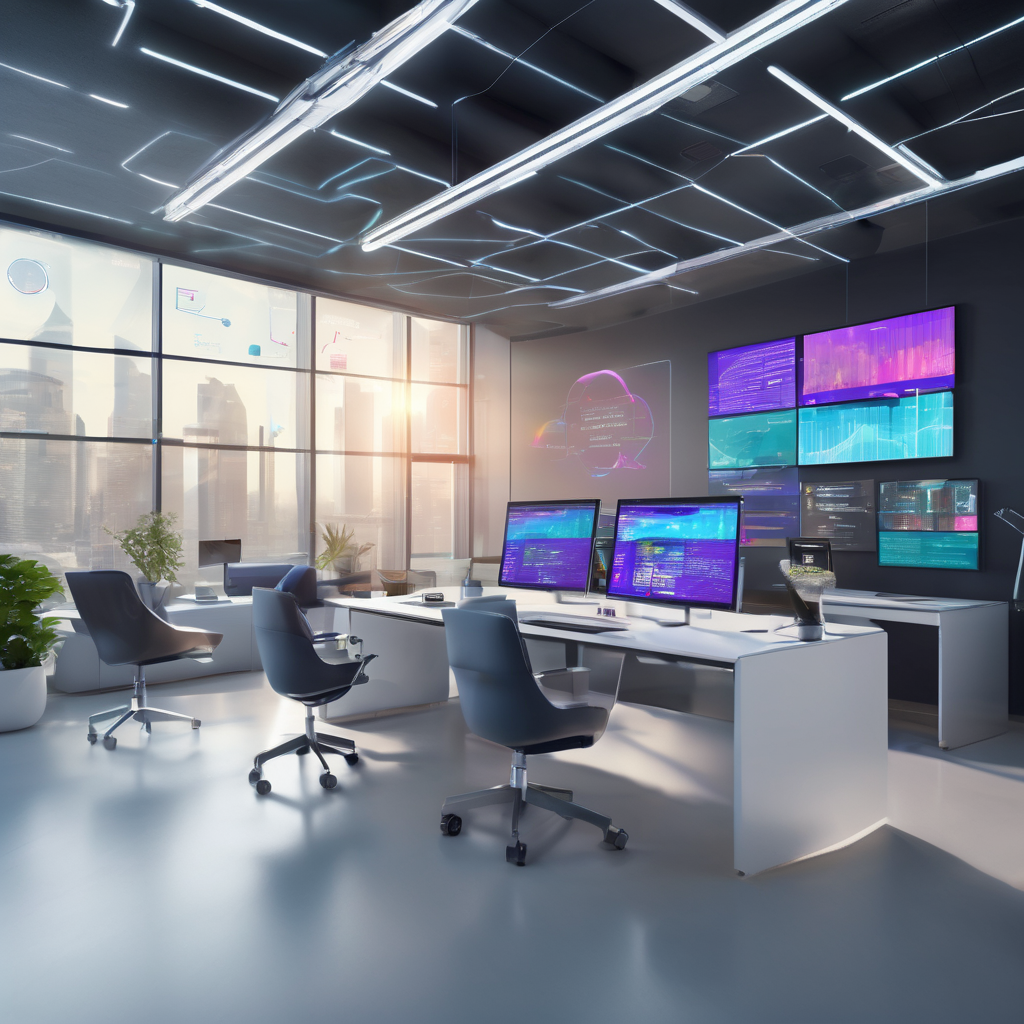
At the recent Ignite 2025 conference, Microsoft announced the integration of OpenAI’s advanced video generation model, Sora 2, into Microsoft 365 Copilot, marking a major enhancement to its productivity tools.
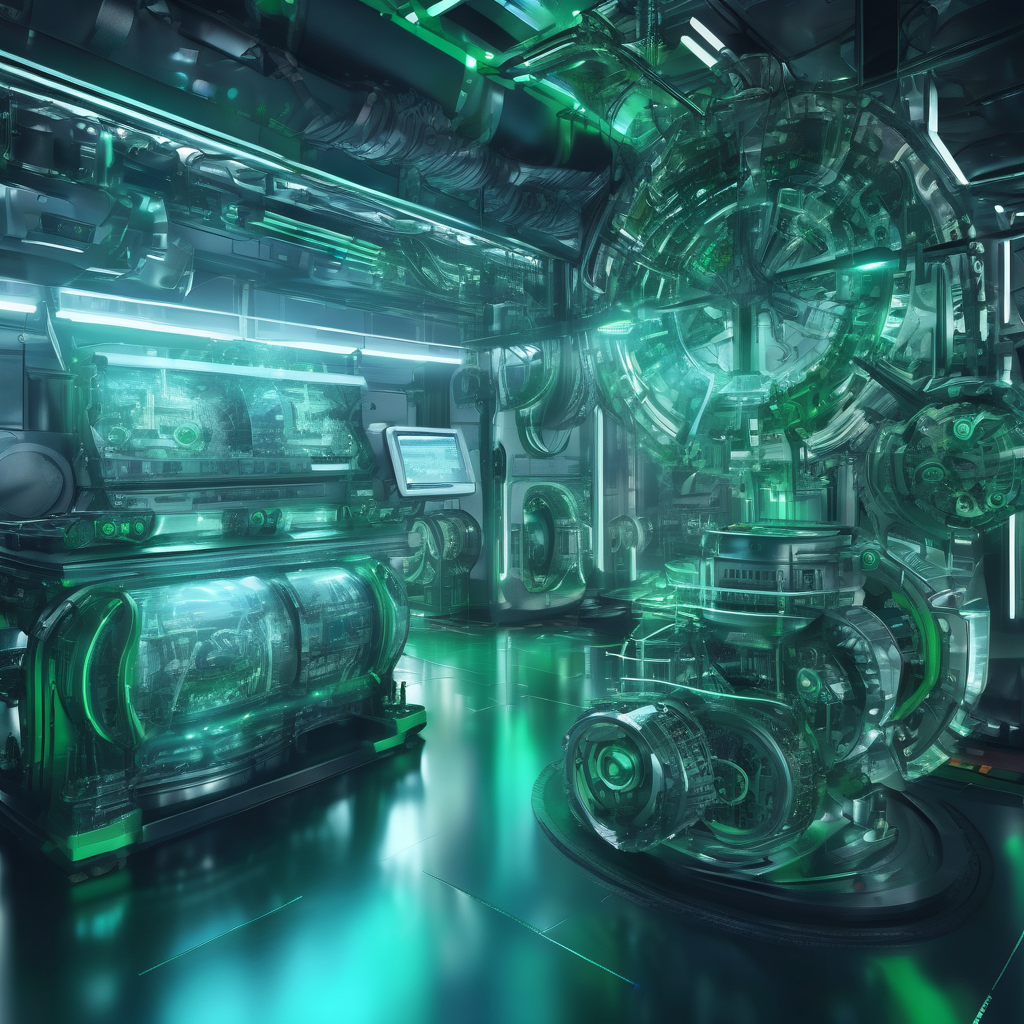
Imagine the scenario: a week before your mother’s birthday, you want to find her a chocolate gift.

Adobe Inc., a global leader in creative software, announced on Wednesday its agreement to acquire Semrush Holdings, a software platform specializing in AI-powered marketing tools, for $1.9 billion.
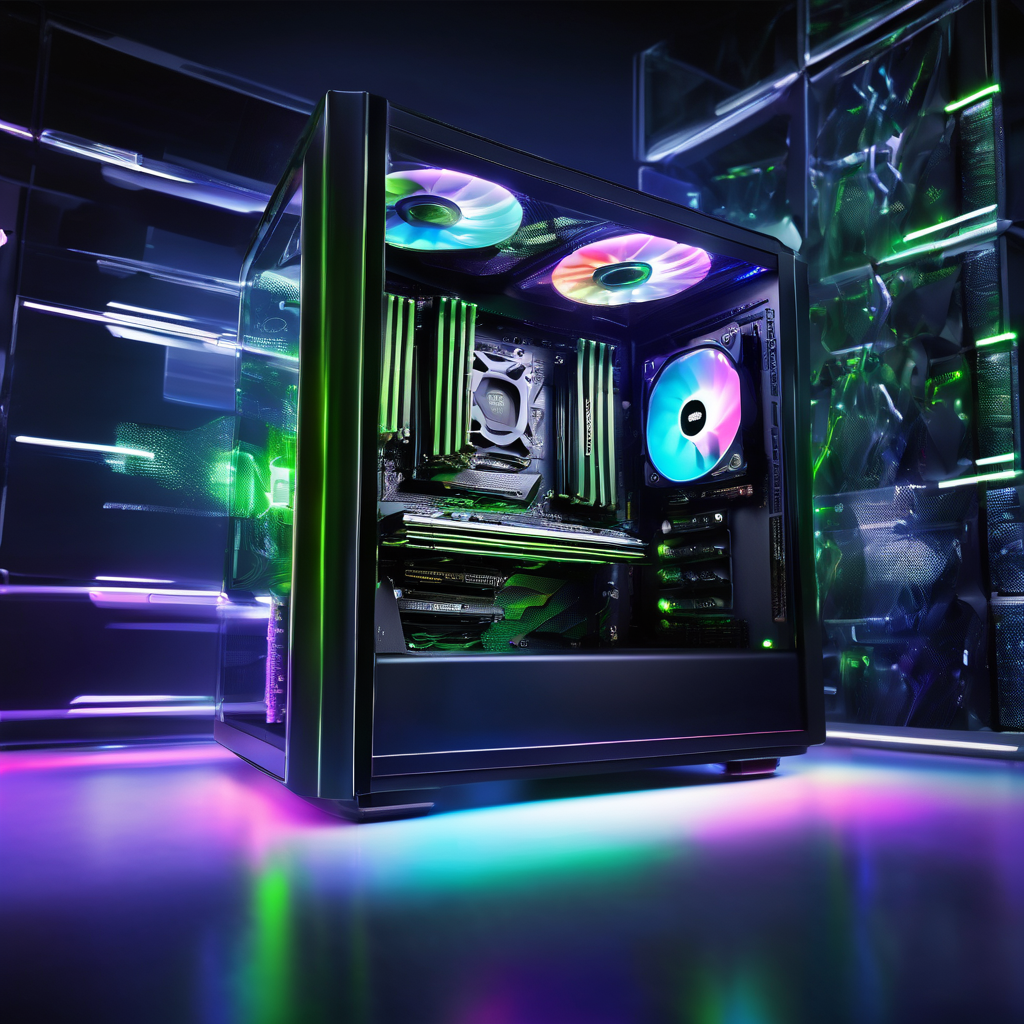
Nvidia has announced its third-quarter 2025 financial results, showcasing a remarkable performance that exceeded market expectations and eased concerns about a potential AI sector bubble.
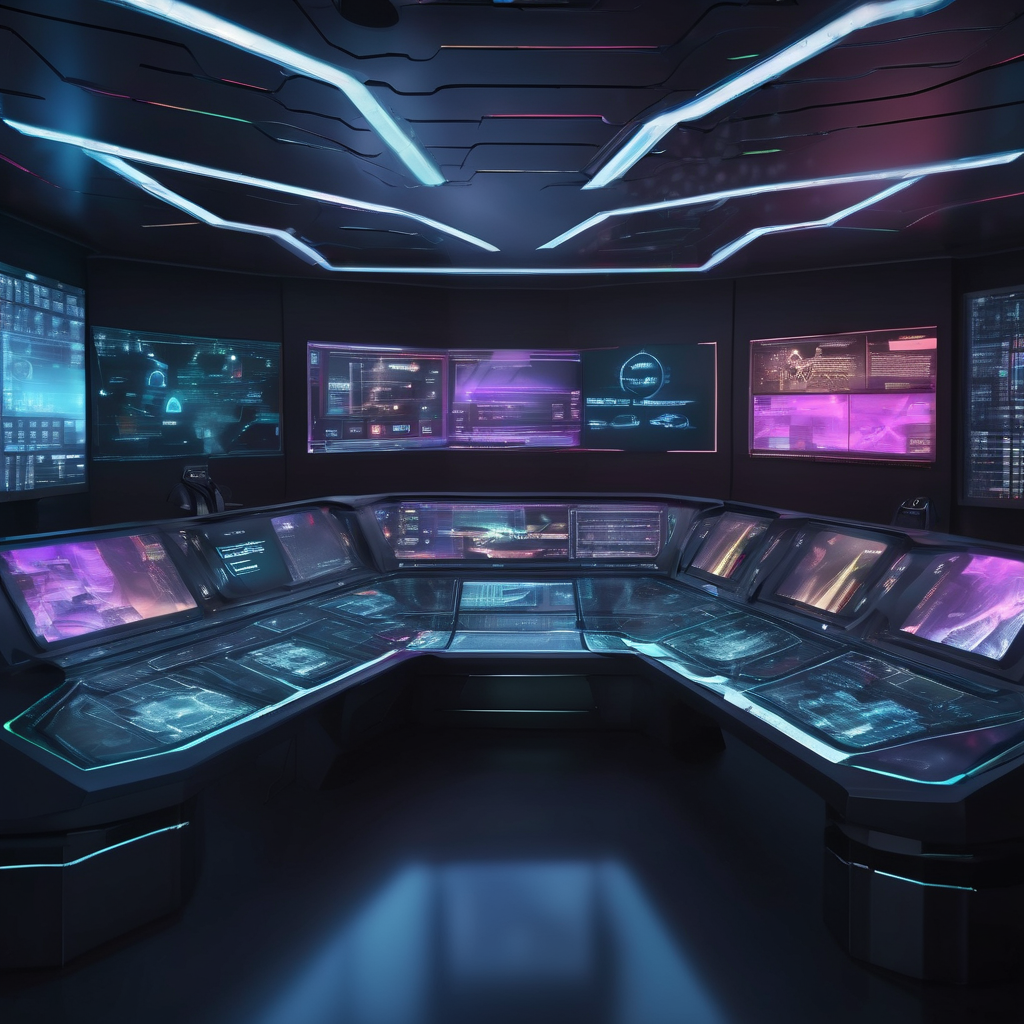
Advancements in artificial intelligence have led to a revolutionary breakthrough in video technology: real-time language translation via AI video synthesis.

“Foxconn simply has extensive manufacturing expertise,” Wendy Tan White, CEO of Intrinsic, told Fortune in an interview.

Artificial intelligence (AI) is profoundly reshaping many facets of everyday life, especially in areas like search, work, and marketing.
Launch your AI-powered team to automate Marketing, Sales & Growth
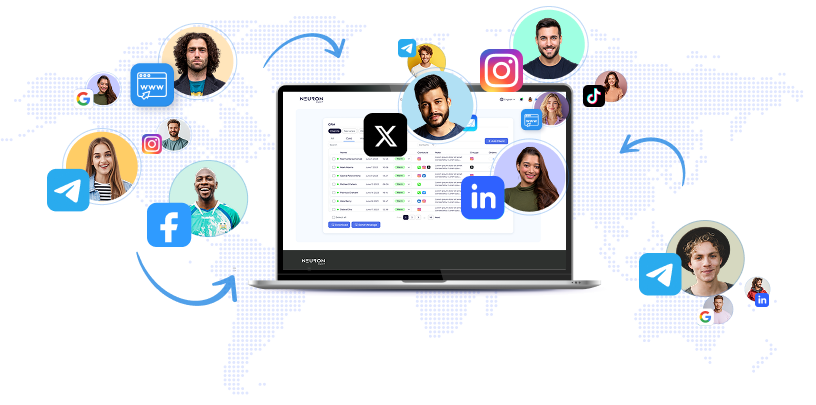
and get clients on autopilot — from social media and search engines. No ads needed
Begin getting your first leads today